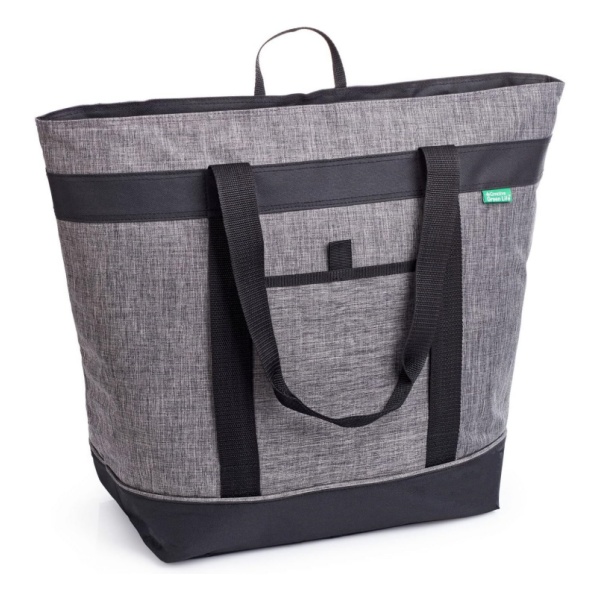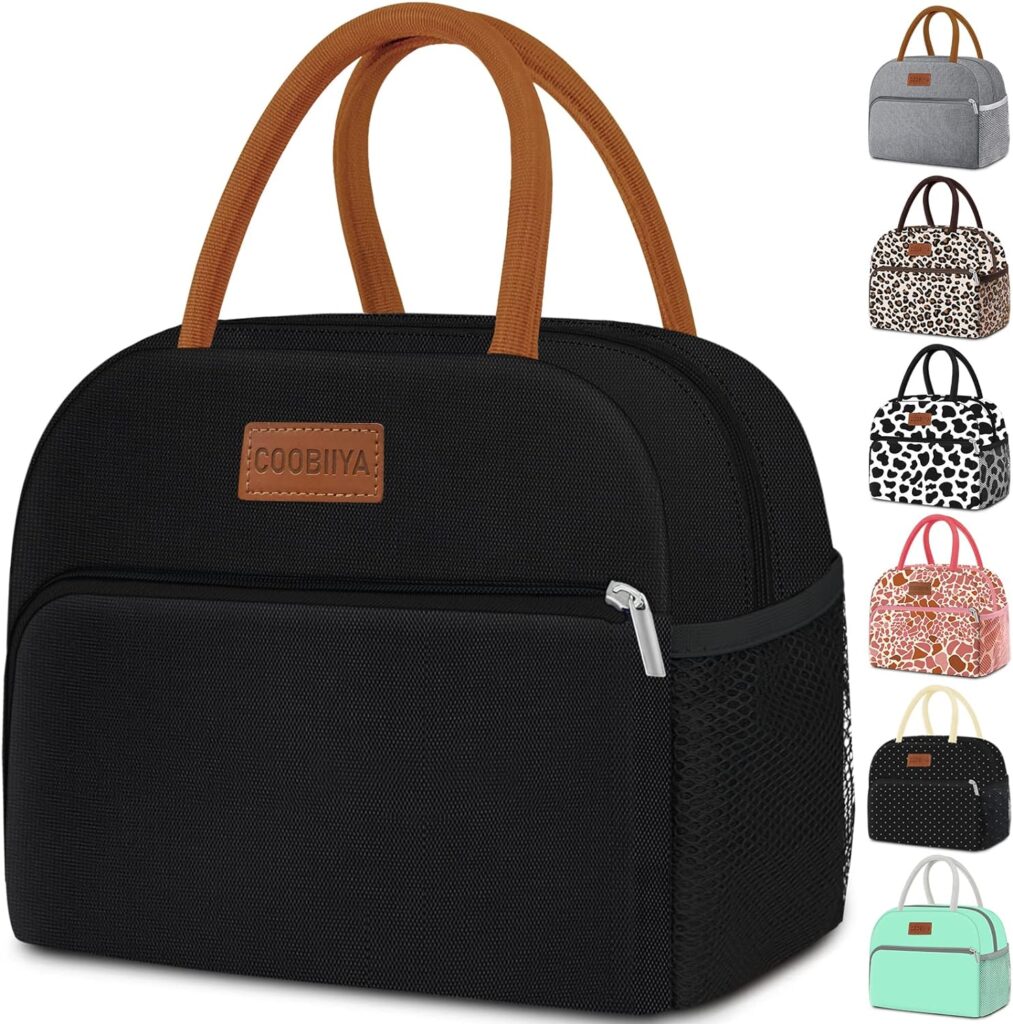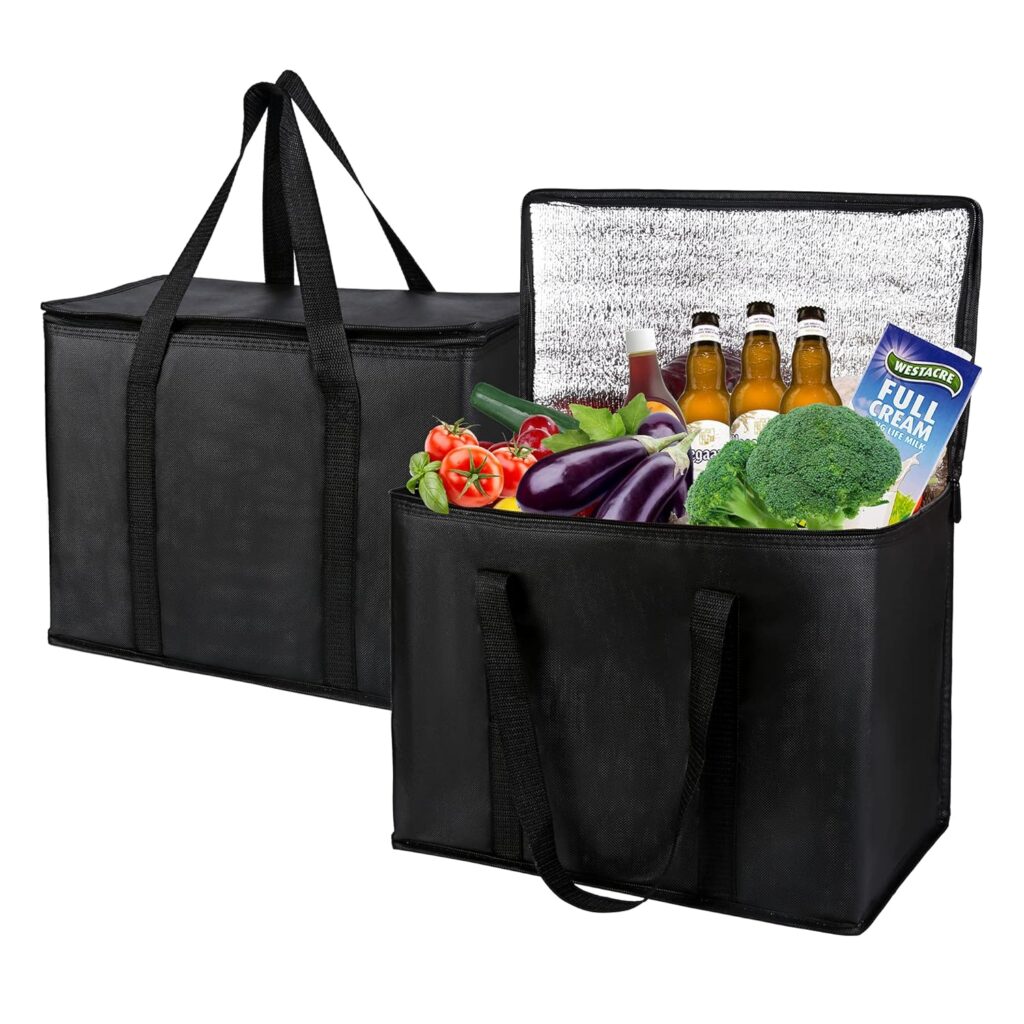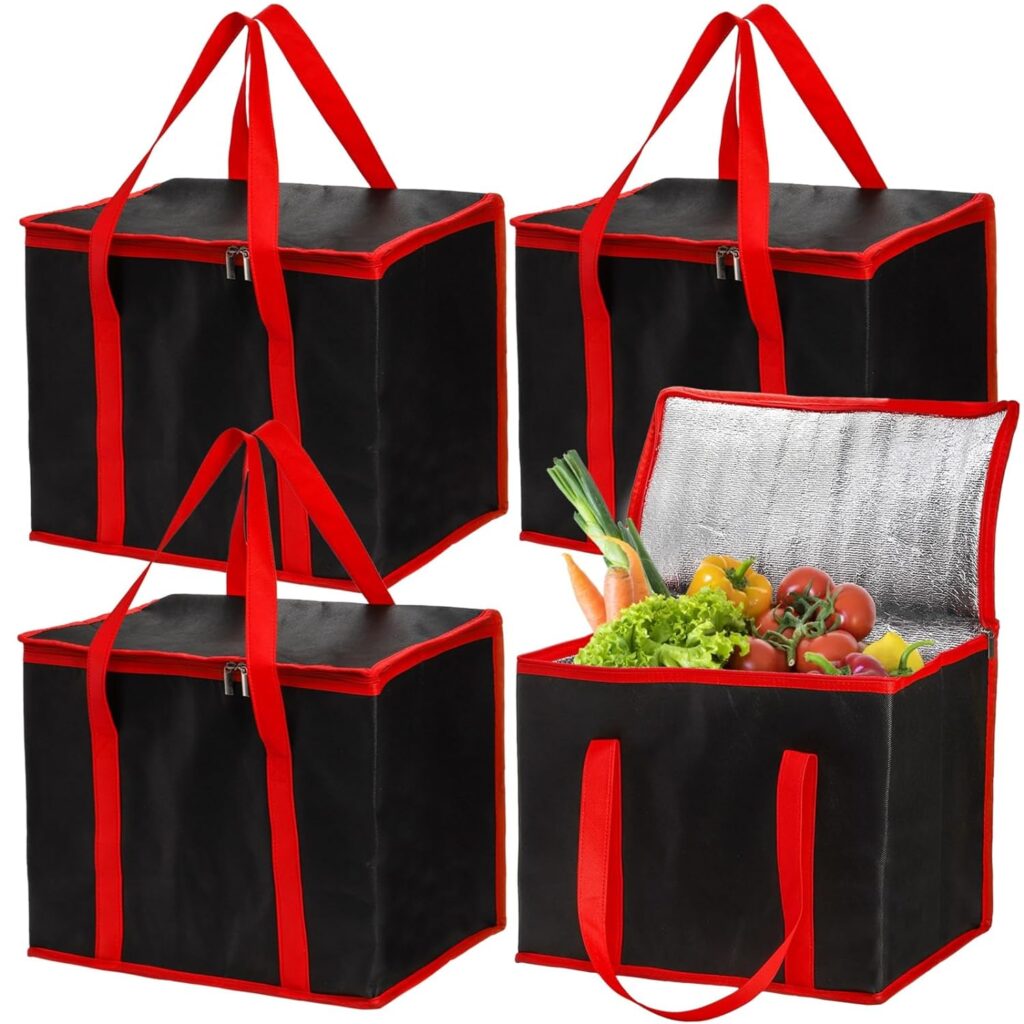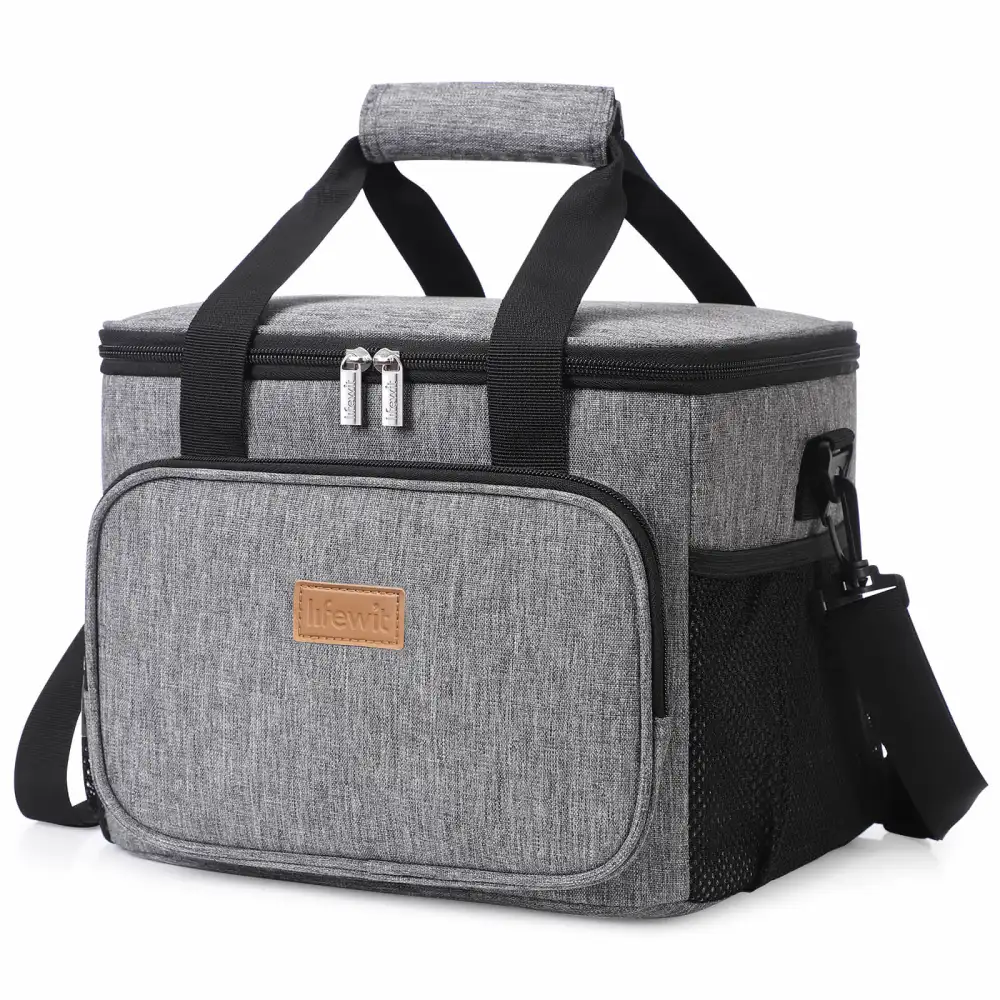Understanding the differences between cooler bags and insulated bags is essential for suppliers to meet customer needs effectively. These two types of bags, while often used interchangeably, have distinct features and applications.
Cooler bags are designed specifically to keep items cold for extended periods, often using advanced insulation materials and cooling technologies. Insulated bags, on the other hand, are versatile containers that maintain the temperature of their contents, whether hot or cold, using various insulating materials.
Let’s delve deeper into the nuances that differentiate cooler bags from insulated bags and explore how each type serves specific purposes.
1 Purpose and Usage
Cooler bags are primarily used for keeping food and beverages cold. They are ideal for picnics, beach trips, and outdoor activities where maintaining a low temperature is crucial. The materials used in cooler bags are often optimized for cold retention.
Insulated bags, on the other hand, are more versatile. They are designed to maintain the temperature of their contents, whether hot or cold. This makes them suitable for carrying hot meals, cold groceries, and anything in between.
2 Insulation Materials
Cooler bags typically use advanced insulation materials such as thick foam or multi-layered polyester to enhance their cooling capabilities. Some cooler bags also incorporate reflective materials to deflect heat.
Insulated bags usually utilize a variety of materials, including foam, aluminum lining, or thermal fabrics. The choice of material depends on the intended use—whether to keep contents hot or cold.
3 Structural Design
The design of cooler bags often includes features like rigid frames or reinforced walls to support the added weight of ice packs and cold items. They may also have waterproof linings to prevent leaks.
Insulated bags tend to have a more flexible design, which makes them easier to fold and store when not in use. Their structure may be less rigid, focusing more on versatility and ease of transport.
4 Cooling Technology
Many cooler bags incorporate built-in cooling technologies such as gel packs or dedicated compartments for ice packs. These technologies enhance the bag’s ability to keep items cold for extended periods.
Insulated bags generally do not come with built-in cooling technology. Instead, they rely on the insulating properties of their materials to maintain the temperature of their contents.
5 Capacity and Size
Cooler bags are often larger and designed to hold substantial amounts of food and beverages, making them suitable for group outings or long trips. They come in various sizes, from small lunch bags to large, rolling coolers.
Insulated bags come in a wide range of sizes but are typically more compact than cooler bags. They are designed for individual use or small amounts of food and beverages, making them ideal for daily commutes or short trips.
6 Portability
Due to their larger size and additional features like rigid frames, cooler bags can be bulkier and heavier to carry. Many come with wheels or padded shoulder straps to improve portability.
Insulated bags are generally lighter and more portable, often featuring handles or lightweight straps. Their flexibility makes them easy to carry and store.
7 Durability
Cooler bags are built to withstand rough conditions and heavy use. They often feature durable materials like heavy-duty nylon or polyester, reinforced seams, and sturdy zippers.
While insulated bags are also durable, they may not be as rugged as cooler bags. They are designed for everyday use and convenience, using materials that balance durability with lightweight construction.
8 Price Range
Due to their specialized design and materials, cooler bags are often more expensive than insulated bags. The cost can vary significantly based on size, brand, and additional features like cooling technology.
Insulated bags are generally more affordable, with prices varying based on size, material, and brand. They offer a cost-effective solution for maintaining the temperature of food and beverages.
Understanding the key differences between cooler bags and insulated bags helps suppliers provide the right product for their customers’ needs. Cooler bags are specialized for keeping items cold with advanced insulation and cooling features, making them perfect for outdoor activities. Insulated bags offer versatility for maintaining both hot and cold temperatures, making them ideal for everyday use. By recognizing these distinctions, suppliers can better meet customer demands and enhance their product offerings.

